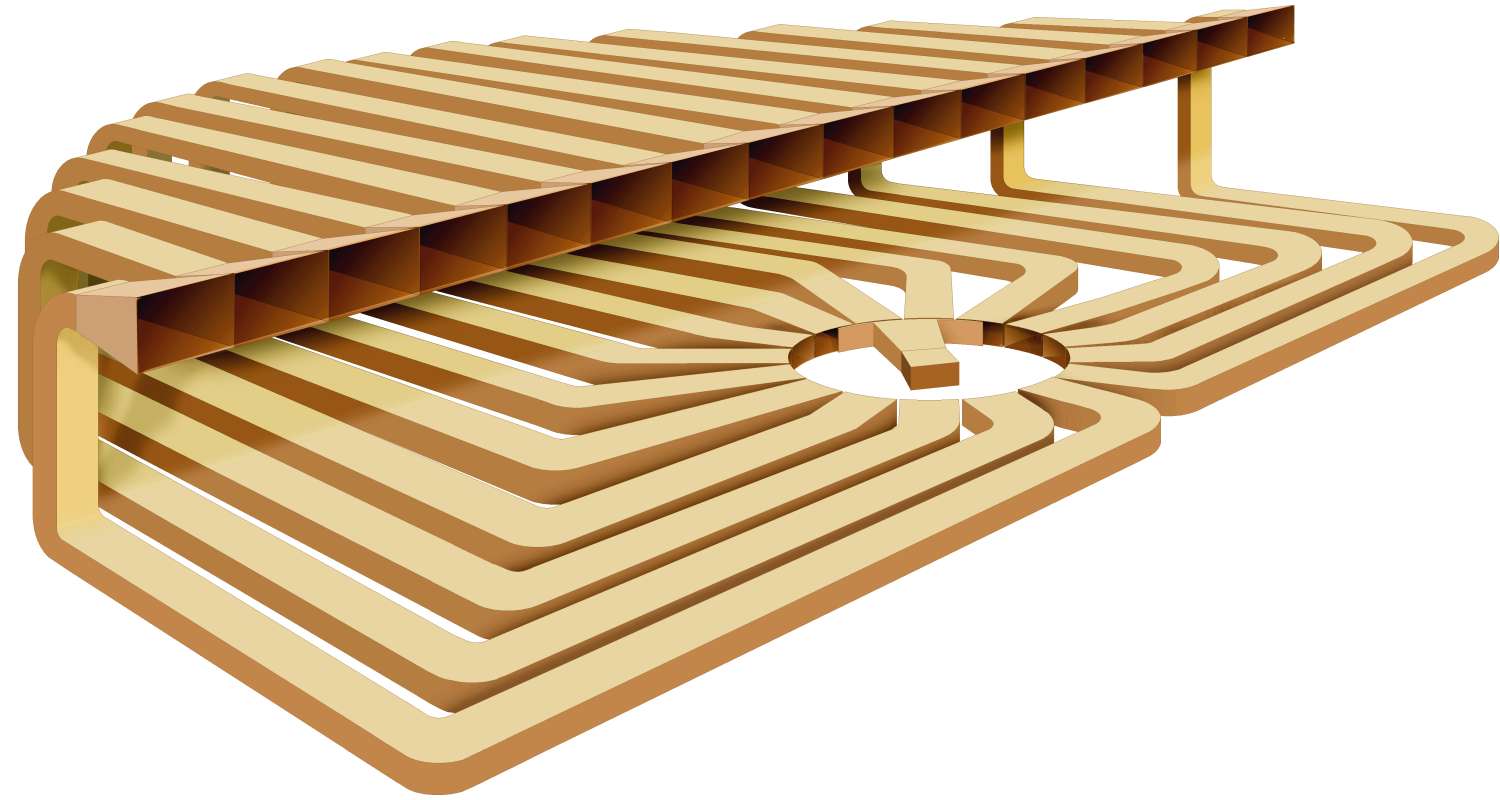Organ-Pipe Scanner

Figure 1: Principle of design of an organ-pipe scanner.
Organ-Pipe Scanner
An Organ-Pipe Scanner is an arrangement of waveguides for switching of antenna patterns of radar sets. The transmission power of the radar is distributed by a motor-driven RF switch on a number of horns, each mounted for a different angle of radiation in front of a common reflector.
Organ-Pipe Scanner uses a rotating horn to illuminate a sequence of horn feeds for producing relatively wide angle sector scans of a high-gain pencil beam. The motor-driven waveguide feeds different waveguide channels and different portions of the aperture of the common reflector are used. In this manner the antenna pattern is pivoted by selecting the feeding point in spite of a fixed reflector. Since the requested fed in-phase an equal length of the waveguide channels is required.
Mostly an immobile antenna reflector is served with an organ-pipe scanner. E.g.: the Torus Antenna of the AN/FPS-50. Another field of application was in height-finders, e.g. in in connection with a Robinson scanner or a Schwarzschild horn. The number of connected waveguides and horn feeds can vary from 4 (at AN/MPG-1) up to in the region of fifties. The speed of rotation of the RF-switch can reach 20 to 30 rpm.


